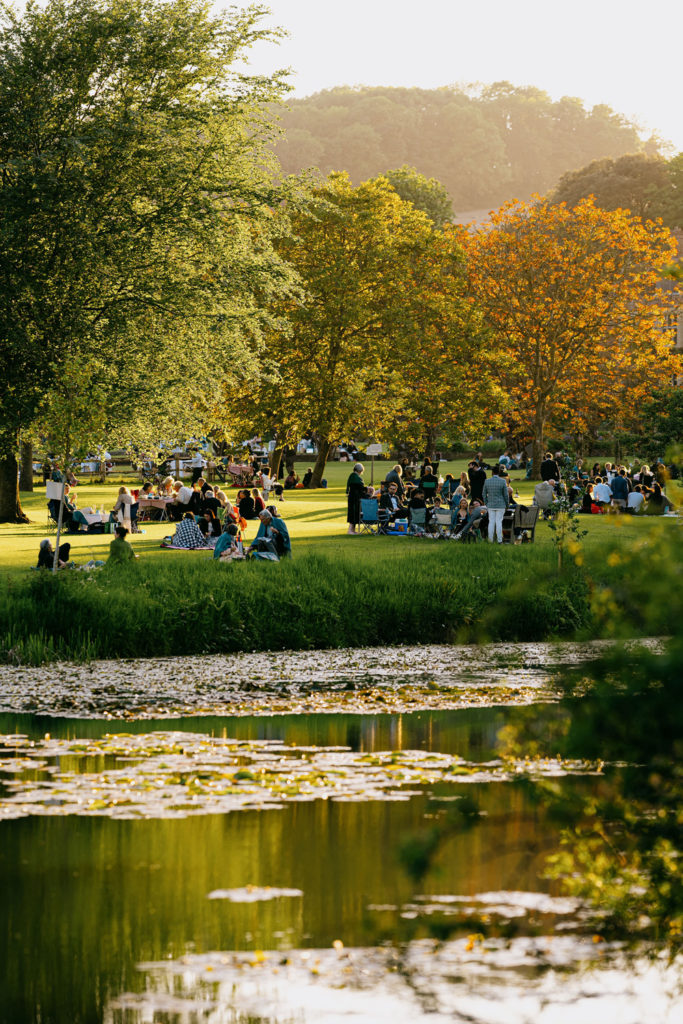Why is Everybody Talking about NFTs?
By
3 years ago
A look into the gold-rush frenzy surrounding non-fungible tokens

Some years ago, words like blockchain were reserved for a small tech-savvy bubble. Yet the world of crypto is creeping into the mainstream – in particular, the ever-growing concept of NFTs. Most of us have seen the elusive term flying around the internet recently, with everyone from Jay-Z to Quentin Tarantino jumping aboard the digital train. Selfridges is now selling them in store; Christie’s hosts special auctions and Paris Hilton displays them on screens in her LA home – but what actually are NFTs and why are they the talk of town?
What are NFTs?
NFT stands for non-fungible token. The word ‘fungible’ is described in the Cambridge Dictionary as ‘easy to exchange or trade for something else of the same type and value’ – like money. Non-fungible items, on the other hand, are unique and cannot be interchanged. The token part means it is digital, and protected using special technology called a blockchain – another scary-sounding word, but in layman’s terms it’s a type of database which sits at the heart of nearly all cryptocurrencies. So, an NFT is essentially a unique, non-exchangeable digital asset; this could be anything from a meme to an artwork to – believe it or not – a tweet. They are typically bought through specialist auction sites, such as OpenSea.
Why are people spending millions on them?
For those outside of the NFT world, it can be tricky to see the value in something so intangible – yet people are shelling out a fortune on them. An artwork by digital artist Beeple (Mike Winkelmann) broke records by selling for a whopping $69 million, while Kings of Leon generated $2m from NFT sales from their most recent album. Even a cat meme managed to rake in $500,000. So what’s in it for the buyer?
Ultimately, buying an NFT means you have ownership of a digital work that no-one else can possess. Although nothing stops the asset being copied, the owner’s high-tech token proves they own the original – like a certificate of authenticity. NFTs are often billed as the digital answer to collectables: in the physical art world, for instance, anyone can buy a Picasso print, but only one person owns the original. It’s comparable to owning an autographed artwork.
And, of course, there’s the money side: many buyers see NFT purchases as an investment which will gradually increase in value.

Victor Vasarely exhibition at Selfridges
How are NFTs changing the art world?
Traditionally, buying and selling art has been associated with physical works – paintings, sculptures, photographs. Yet NFTs are changing the game, helping shift perspectives around digital art as well as providing a platform for sales. Advocates say it’s great for up-and-coming artists who want exposure and recognition: they can trade directly online without dealers, and every time an NFT is resold its creator makes a profit. Lots of celebrities are getting in on the action – both on the buying and the selling side. Musician Grimes sold some of her digital art for more than $6m, while Snoop Dogg has garnered a huge collection of NFTs which reportedly add up to $17 million. Big auction houses like Christie’s and Sotheby’s, meanwhile, are hosting dedicated NFT sales.
Which other industries are getting involved?
It’s not only artists who are dipping their toes into crypto waters. We’re seeing NFTs being explored across a range of industries – from fashion to drinks. Selfridges recently became the first retailer in the world to sell a range of NFTs in-store, including digital versions of the first dresses designed by Paco Rabanne. This is part of the department store’s project Universe, which also featured an exhibition of works from Op Art pioneer Victor Vasarely, with customers able to buy both rare artworks and the dresses using their bank card in the shop. Elsewhere, brands like Balmain and Adidas are also getting in on the NFT action.

NFTs are making waves in the drinks sphere too. BlockBar is a platform that sells digital assets from luxury alcohol brands, with names like Glenfiddich, Hennessey and Patrón on its books.
Adam Handling’s flagship bar, Eve, meanwhile, has launched an NFT cocktail collection. Created in collaboration with a local artist and bartenders, the project is the first of its kind from a UK hospitality group, with pieces costing as much as £4,000. What’s the point of a cocktail you can’t taste, you say? Each buyer will receive a recipe card so they can create the drink themselves at home, plus an undisclosed amount of complimentary cocktails at the bar.
What’s the environmental impact?
NFTs are getting backlash from people who argue crypto is harming the planet. While on first thought, a piece of digital artwork might seem like an unlikely culprit for high greenhouse gas emissions, there’s controversy surrounding the blockchain technology which underpins NFTs as it is powered by a network of electricity-consuming computers. There has been a lot of research into the environmental impact of bitcoin – a type of cryptocurrency – with a study from the University of Cambridge suggesting the bitcoin network consumes more energy annually than the whole of Argentina.
Research around NFTs is less definitive, and is proving controversial in the crypto world. Digital artist Memo Akten created a website to track the carbon emissions of NFTs, but it was shut down last year. Others are looking into ways to make the industry more eco-friendly – blockchains could be powered by renewable energy sources, for instance. The issue continues to spark debate.
What does this mean for you?
NFTs aren’t going anywhere – and no doubt we’ll see other industries exploring the cyber collectibles marketplace in the near future. Yet the growing trend is still in its infancy, and the sector is loosely regulated, meaning investing is not without its risks. For now, we’ll be watching from the sidelines as this new phenomenon continues to unfold.
Main image: Philip Colbert, Hunt Scene
READ MORE:
Best Exhibitions of 2022 / Philip Colbert on the Rise of Digital Art



